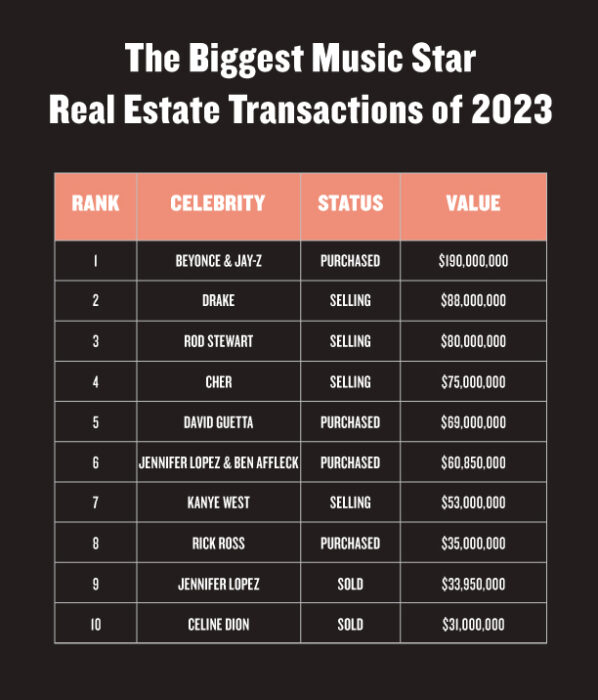Data Centers Lean More On Proptech, and Proptech Leans Back Robert Khodadadian | Commercial Observer
In a world that increasingly relies on artificial intelligence and the promise of quantum computing, data centers capable of handling the exponential demand from such technologies are rapidly multiplying globally.
Inevitably, proptech is more than ever involved in data center development and maintenance in what was once a tiny target within the vast realm of commercial real estate. From opening doors, to building the facilities, to capturing carbon emissions, proptech is addressing the life cycle of data center proliferation.
Proptech’s work literally starts at the front door, said Trent Loebel, CEO and president of Torus, a company based in Sydney, Australia, whose software platform digitizes the management of physical keys for all types of buildings. U.S. data center growth has led Torus to increase its client footprint in America.
“Data centers, much like every other building or facility, inevitably have a lot of physical keys, which are often mandated to be used for certain doors and to secure certain areas,” said Loebel. “But they’re always required, at least as a backup to the electronic-controlled doors. Typically it’s all in the base of the building, where technicians and engineers would need access to plant equipment like heating, ventilation, secure areas, and to access data racks.”
Physical keys are not used for the highest-security areas, which are electronically controlled, added Loebel. However, an average data center will have dozens or even hundreds of physical keys that are used by data center customers, contractors and maintenance staff.
“They sit in drawers, cupboards, on hooks, even in the most sophisticated buildings and facilities,” said Loebel. “We’re providing a digital platform and a cabinet that physically secures those keys, according to the permissions that sit in the software platform.”
Even in modern office buildings in which tenants might never use a physical key, there are maintenance workers who still rely on them, Loebel said. One such Torus client office building in London has maintenance workers using 1,800 physical keys. In addition, “Securing every door with electronic access is very expensive,” he said. “It’s about $3,000 per door. And where there is low usage, high-security mechanical keys are always more appropriate.”
Speaking of London, proptech is addressing data center expansion in the U.K. and beyond, said David Mitchell, founder and CEO of London-based XYZ Reality, a startup that has built an augmented reality headset specifically for construction. Contractors can use the headset, which XYZ claims is the world’s most accurate engineering-grade augmented reality device and the most advanced data capture solution, to project a 3D hologram of a building information model (BIM). That allows contractors to see progress and detect issues while walking an active job site.
The company primarily sells to data centers due to the complexity of the projects and XYZ’s ability to let builders see the actual electrical, HVAC, and other infrastructure plans overlayed in reality on an active data center project. In some cases, they’ve detected million-dollar mistakes before they happened, said Mitchell, who declined to name the large data center builders who are XYZ’s clients.
“Ultimately, our vision is builders building from holograms, and we want to accelerate project delivery,” Mitchell explained. “We’ve built a custom, in-house, augmented reality headset, which is basically constructing and uploading all the health and safety standards for construction. So we leverage that headset in the field and it captures all the daily activities that are happening on site such as progress capture, feeds all that information back up to a cloud platform, which distributes that data and insights to all project stakeholders.”
XYZ’s clients are data center owners and operators, but the company is finding further market penetration with general contractors adopting the technology as well as subcontractors, Mitchell said. “But we have 95 percent of our revenue right now with the client themselves — the asset owner.”
Founded in 2017, XYZ has grown to 120 employees and raised $50 million in venture capital, while deploying its product throughout Europe and the U.S., with plans to soon enter India, Japan and South Korea, he said.
“The market is exploding right now,” Mitchell added. “You can see this wave of AI coming as well. That’s definitely very present right now in the industry. And they’re looking to build these things as quickly as possible on a global scale. So they’re always on the lookout for how we can build better, faster and more collaboratively.”
In fact, the global data center market size was valued at $194.81 billion in 2022 and is projected to grow at a compound annual growth rate of 10.9 percent from 2023 to 2030, according to consultancy Grand View Research.
Among the data center construction challenges that XYZ seeks to alleviate is 3D modeling at scale, said Mitchell.
“To be able to load up a data center of 30 or 50 megawatts in real time in the field and then be able to connect that data back to a live cloud environment, that’s no trivial engineering task to solve for,” he said. “The level of complexity and the size of the data required there in the use of the platform is significant.”
The point of solving such complex issues can significantly lower the cost of data center construction. Mitchell cited one of XYZ’s MEP contractors in the U.S. that increased strut installation from four to 50 per day with fewer workers. “What we’re delivering today is this progress capture tool on the site to eliminate rework, which is typically about 10 percent of project costs. And that’s particularly a sensitive topic these days where sustainability is key, removing the carbon footprint.”
Proptech startup CarbonQuest is one company that focuses on building decarbonization. It is currently exploring applying its technology to data centers in particular.
“We enable decarbonization in various types of buildings and facilities through distributed carbon capture,” said Anna Pavlova, senior vice president for strategy, market development and sustainability at Manhattan-based CarbonQuest. “We’re different from other carbon capture companies in the sense that we don’t go into power plants or other very large industrials, but we focus on medium-sized facilities and buildings in a distributed manner, partnering with fuel cells and combined power providers as well.”
Founded in 2019, CarbonQuest has started to focus on data centers because such facilities are massive power consumers that usually don’t plug into a typical electric grid, which often cannot handle their energy demands. Instead, they need other sources of cheap and resilient power, said Pavlova. Moreover, like other companies, they are under great pressure to decarbonize.
“When they look for independent power, that leaves really one or two options, fuel cells or cogeneration, combined heat and power, and sometimes fuel cells can be part of that,” she said. “All those independent power systems typically run on natural gas, so that is a problem from a decarbonization perspective.
“So a carbon capture system with a fuel cell, or with a combined heat and power engine, can solve both problems. You’re getting local 24/7 resilient reliable power independent of the grid. At the same time, the capture portion makes sure that the CO2 that is produced by the fuel cell or by the engine is trapped before it is emitted into the atmosphere. That makes it a low-carbon system that can run their data center.”
Philip Russo can be reached at prusso@commercialobserver.com.
Robert Khodadadian has long had a simple philosophy about selling real estate. The way he sees it, there are approximately a million buildings in the city, and the broker that gets to sell any one among the multitude that will hit the auctioning block at a given moment is, sometimes, simply the person who happens to pitch their services to the right seller at the right time.
Robert Khodadadian, skyline properties, ground leases, ground lease, off market, investment sales, khodadadian, Commercial Real Estate Sales, The Commercial Observer, Retail For Lease, Commercial Observer, Commercial Office Lease
Channel, Features, Industrial, Industry, Leases, More, Technology, Anna Pavlova, David Mitchell, proptech, proptech insider, Trent Loebel, National, New York City, CarbonQuest, Torus, XYZ Reality Articles about Robert Khodadadian from Commercial Observer New York’s authority on commercial real estate leasing financing deals and culture.
















